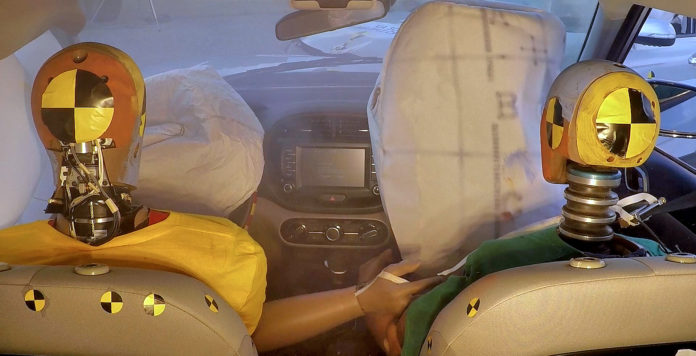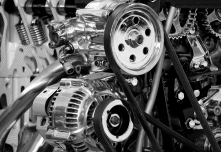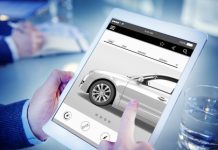
Air bags are highly effective as long as they deploy at the right time. There is increasingly evidence that they’re not always deploying at the correct time. In the case of an animal strike, for example, it’s often a second crash – into a tree, another vehicle, etc. – that causes the deadliest damage, but the airbag deployed on the first impact, leaving the vehicle’s occupants vulnerable during the second crash.
According to the National Automotive Sampling System Crashworthiness Data System (NASS-CDS), a division of the U.S.’s National Highway Traffic Safety Administration (NHTSA), about 30 percent of 56,000 vehicle accidents studied involved multiple collisions in the same accident. This may include not only animal strike, but accidents in which a vehicle crosses the center dividing line, crashing first into an oncoming vehicle and then being forced into other vehicles, trees or highway infrastructure.
Hyundai Motor Group recently announced the development and future commercialization of what it’s calling “the world’s first multi-collision airbag system” that significantly improves airbag performance in multi-collision accidents. It claims the new multi-collision airbag system will allow airbags to deploy effectively after a secondary impact by calibrating the status of the vehicle and the occupants. To do so, the vehicle will detect occupant position in the cabin following an initial collision to determine which secondary airbags are safe to deploy, since occupants forced into unusual positions by the initial crash may be vulnerable to injury from some traditionally located airbags.
“By improving airbag performance in multi-collision scenarios, we expect to significantly improve the safety of our drivers and passengers,” said Taesoo Chi, head of Chassis Technology Center at Hyundai Motor Group, in a statement. “We will continue our research on more diverse crash situations as part of our commitment to producing even safer vehicles that protect occupants and prevent injuries.”
Hyundai said it has analyzed multi-collision scenarios in multilateral ways to improve airbag performance and precision in secondary collisions. The company said it plans to install the secondary air bag system on new Hyundais and Kias “in the future.”












